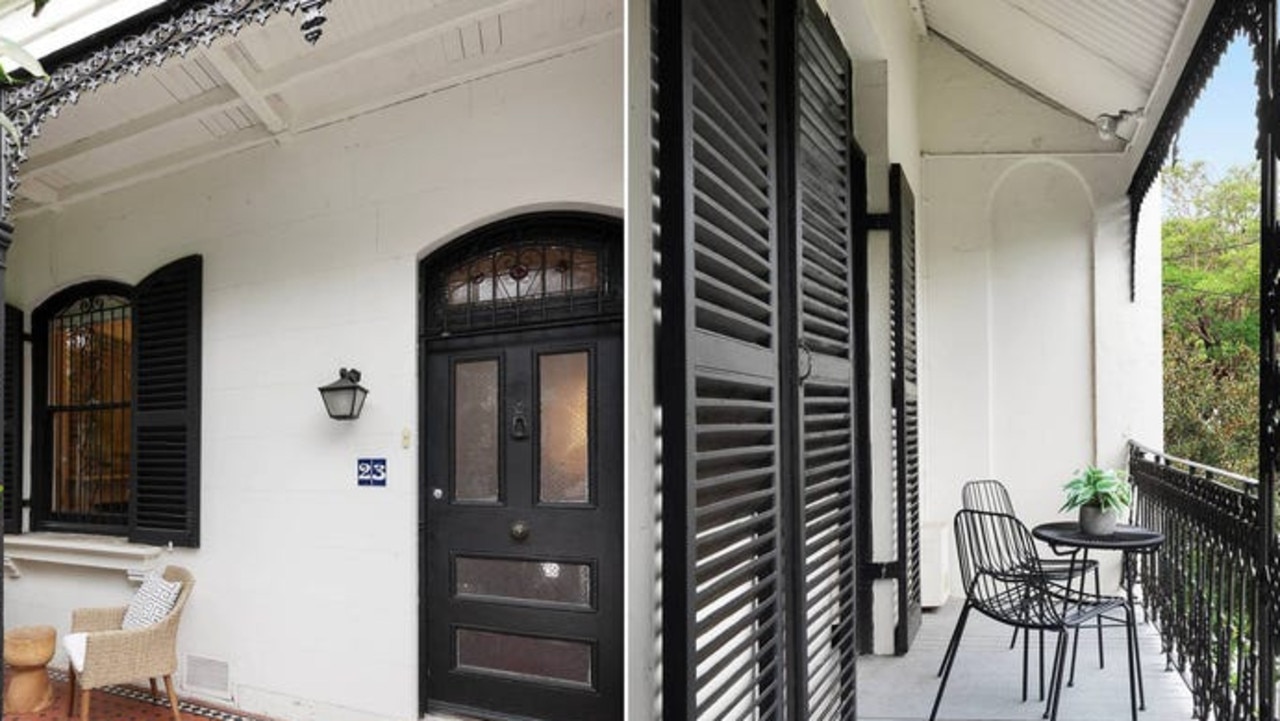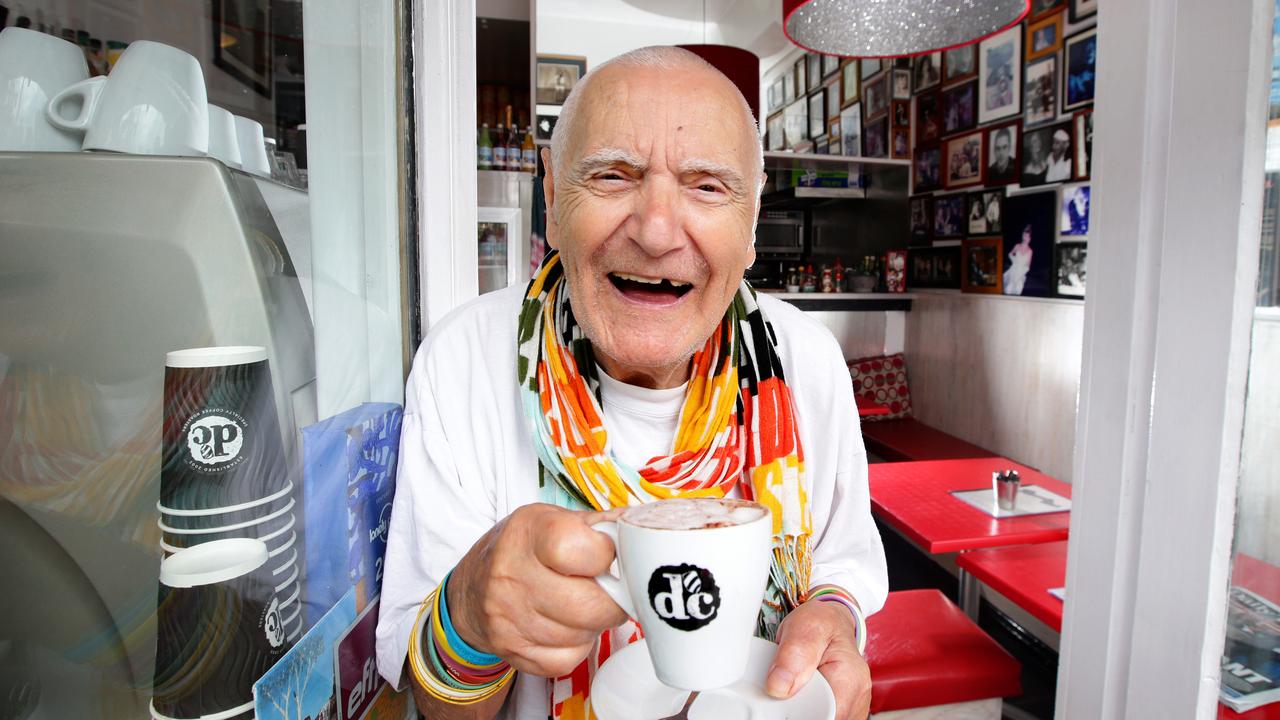Sydney traffic: Why congestion remains post-Covid
Experts say there is a hidden reason why the ‘work from home revolution’ hasn’t solved congestion on Sydney roads, even with less people commuting to Sydney’s CBD than ever before.

Wentworth Courier
Don't miss out on the headlines from Wentworth Courier. Followed categories will be added to My News.
The number of people trekking into Sydney’s CBD each day from the eastern suburbs is lower than ever before, but it is not necessarily resulting in a smoother drive to work.
New data from Transport for NSW (tNSW) showed after the traffic free fall experienced as a result of the Covid pandemic in the past two years, traffic numbers have slowly climbed — but have not returned to 2019 heights.
The number of vehicles travelling along the South Dowling Street-Moore Park corridor, linking the eastern suburbs to Sydney’s CBD, have dropped by 7.3 per cent.
But Matthew Beck, a professor at the University of Sydney, told the Wentworth Courier the figures don’t tell the whole story about what is happening on our roads.
“As we’ve moved away from Covid and lockdowns have ended, people are still working from home more often than they did in the past,” Mr Beck said.
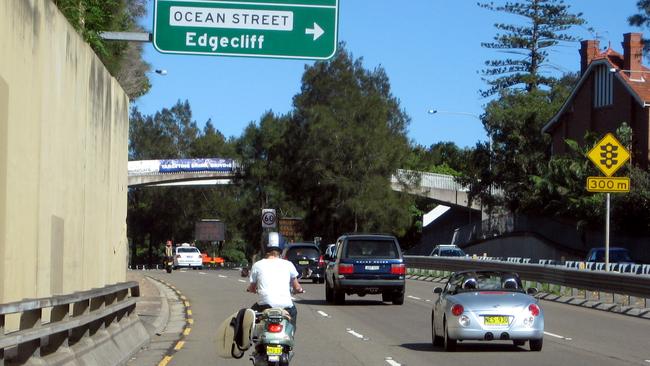
More than 40 per cent of employed people were still regularly working from home as of August 2021, according to the Australian Bureau of Statistics (ABS).
“But what we’re beginning to find is that because people are travelling to work less, when they do travel to work, they’re choosing to use [their] car.”
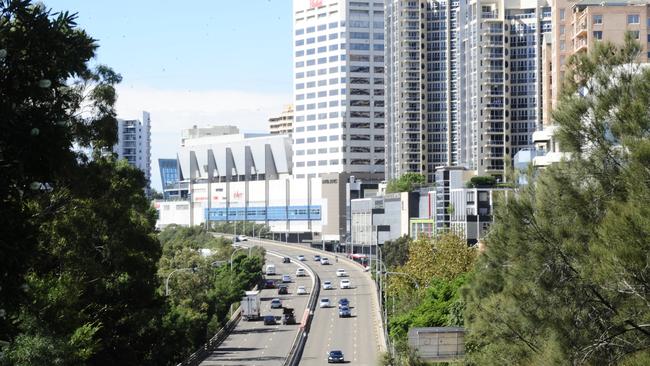
Mr Beck has researched the impact of the Covid pandemic on transport and infrastructure. He said the impact varied across different areas of Sydney.
The average number of motorists using four key routes to Sydney’s CBD has reached between 93 and 97 per cent of pre-Covid levels, with tNSW data showing a small week-by-week increase compared to 2019.
In the first week of May this year, the number of motorists increased by 0.3 per cent (109.6 million vehicles recorded) compared with the equivalent week in 2021. In the same week in 2019, vehicle numbers were down 5.5 per cent.
Mr Beck said many commuters in the eastern suburbs and other areas with a high percentage of white collar workers and high-income professionals were unlikely to feel the positive impact of reduced traffic.
“It‘s particularly problematic for places where … they’re all knowledge workers with high incomes.”
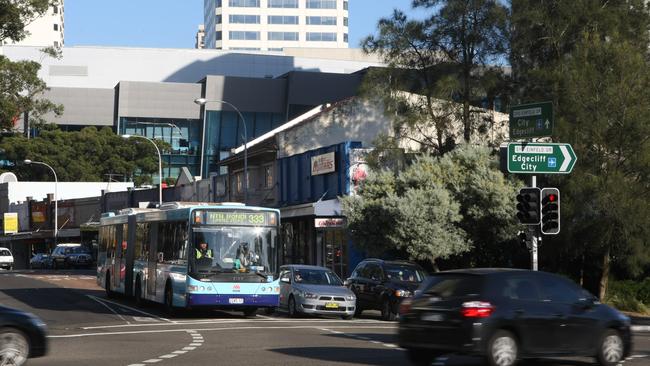
Around two-thirds (64 per cent) of managers and professionals are now working from home regularly, compared with a quarter of people across other occupations, according to the ABS.
The reduction in days spent travelling into the office has changed people’s behaviour around public transport, with more people opting to commute by car.
“If you were travelling to work every day, five days a week, maybe the car was too expensive, or you‘ve spent too much time in traffic,” Mr Beck said.
“But if you’re only travelling to work two or three days a week … the car might be a little bit more convenient. It might cost me more, but [you might think]: ‘I’m not travelling as much so I’m still not spending as much money.’”
While less people are going into the office on any given day, more people are driving to the office on any given day, he said.
“That’s why your commute is just as bad.
“The number of car users has not decreased. It‘s just that more people are using their car than before.”
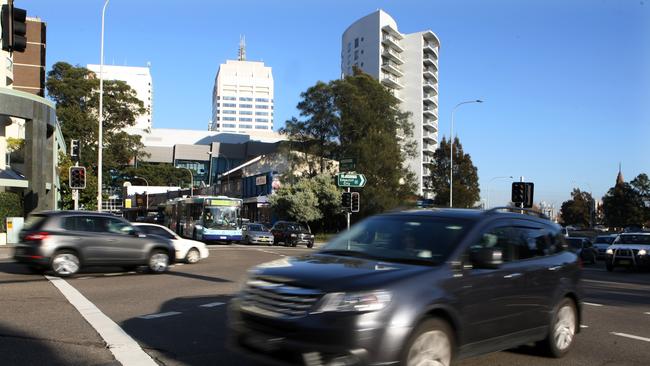
Mr Beck said he wanted to see governments and organisations look at how to adjust new working practices to ease Sydney’s ongoing congestion problems.
“Instead of everyone leaving for work at 7.30am, can we get a spread of people leaving between 7am and 8am?”
In April when the NSW government made public transport free for 12 days in a bid to revitalise the CBD, there was a massive spike in usage, he said.
“Public transport operators need to think very hard and carefully about how to encourage people back on to public transport,” Mr Beck said, adding the geography of Sydney made it more difficult to get people to choose commuting options like walking or cycling.
“Sydney’s in an unenviable position in that it’s an older city. Those eastern suburb areas are narrow and they’re winding.”



